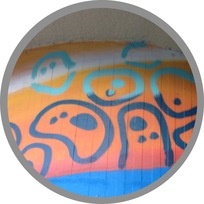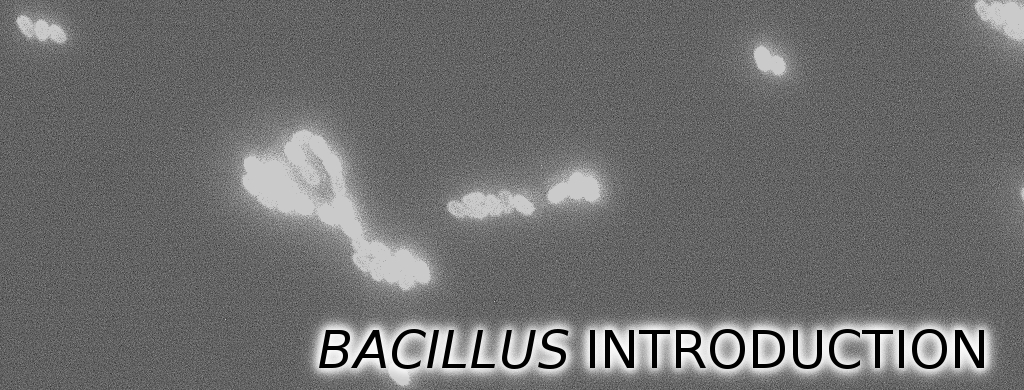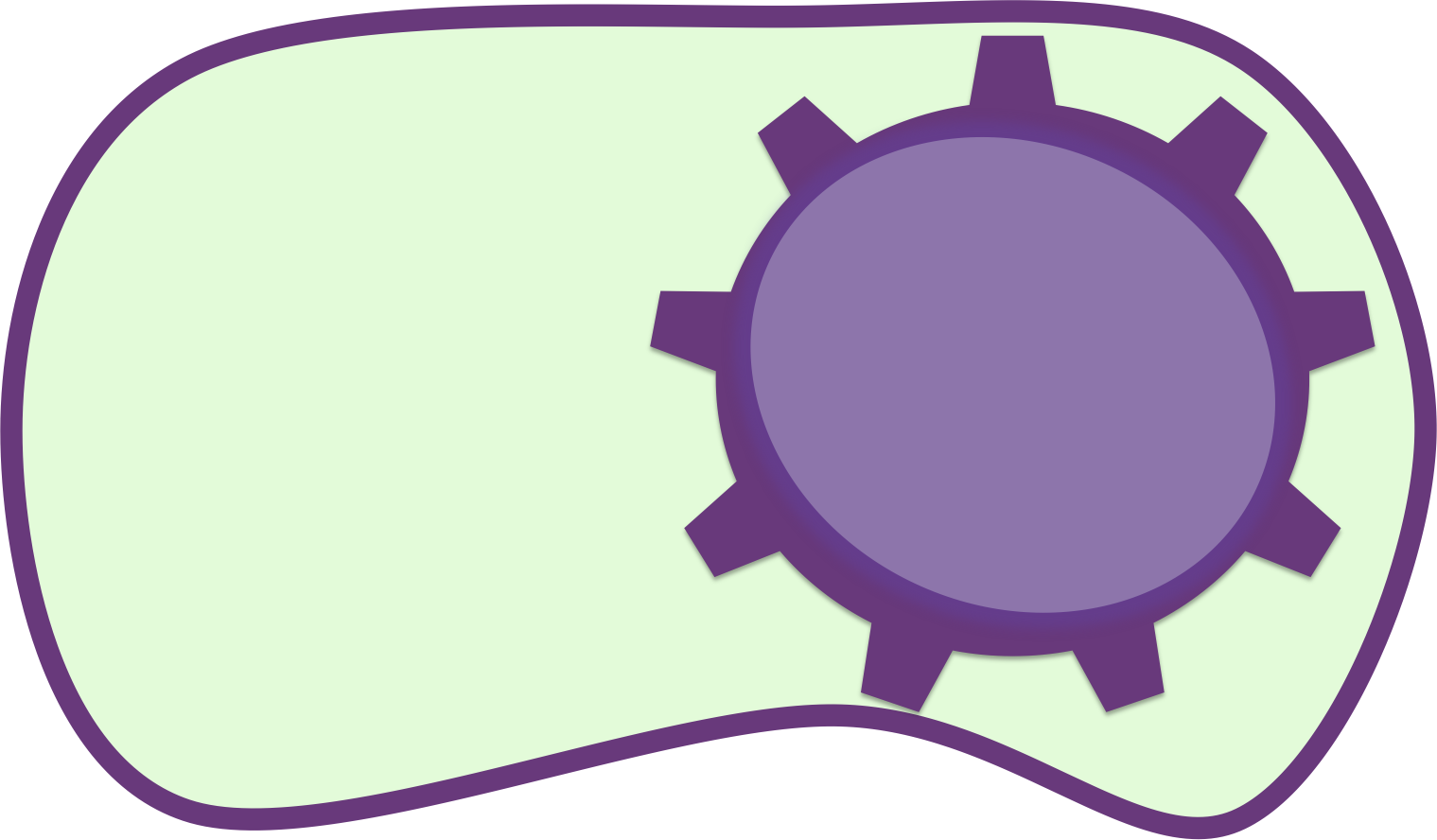Team:LMU-Munich/Data/differentiation
From 2012.igem.org
| Line 35: | Line 35: | ||
{| width="100%" cellpadding="20" | {| width="100%" cellpadding="20" | ||
| - | | | + | | [[File:LMU Arrow purple BACK.png|center|80px|link=Team:LMU-Munich/Bacillus_Introduction]] |
| - | [[File:LMU Arrow purple BACK.png| | + | |
| - | + | ||
|} | |} | ||
Revision as of 19:25, 25 October 2012

The LMU-Munich team is exuberantly happy about the great success at the World Championship Jamboree in Boston. Our project Beadzillus finished 4th and won the prize for the "Best Wiki" (with Slovenia) and "Best New Application Project".
[ more news ]



Differentiation
B. subtilis is able to differentiate into cells with different morphologies and functions (Fig. 1 and Fig. 3). The most characteristic form is the endospore, which is produced under nutrient starvation. In our project, we will exploit the production of endospores. Because they are extremely stable, they are perfect vehicles for the display of functional fusion proteins on their surface as illustrated by our Sporobead module.
|
 "
"




